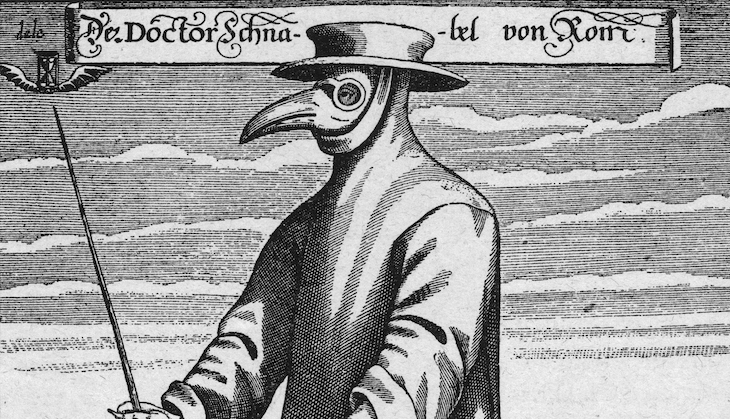Even the Black Death of the mid-fourteenth century, we are now being told, practised racial discrimination as it raged through Europe wiping out maybe half of the existing population. The new idea is that black people were more likely to die from the plague than white ones. The ‘evidence’ presented by an American researcher and an employee of the Museum of London consists of skull measurements where there are said to be signs of black ancestry; it is not derived from DNA, which would be much more comprehensive.
Already a subscriber? Log in
Subscribe for just $2 a week
Try a month of The Spectator Australia absolutely free and without commitment. Not only that but – if you choose to continue – you’ll pay just $2 a week for your first year.
- Unlimited access to spectator.com.au and app
- The weekly edition on the Spectator Australia app
- Spectator podcasts and newsletters
- Full access to spectator.co.uk
Or



















Comments
Don't miss out
Join the conversation with other Spectator Australia readers. Subscribe to leave a comment.
SUBSCRIBEAlready a subscriber? Log in